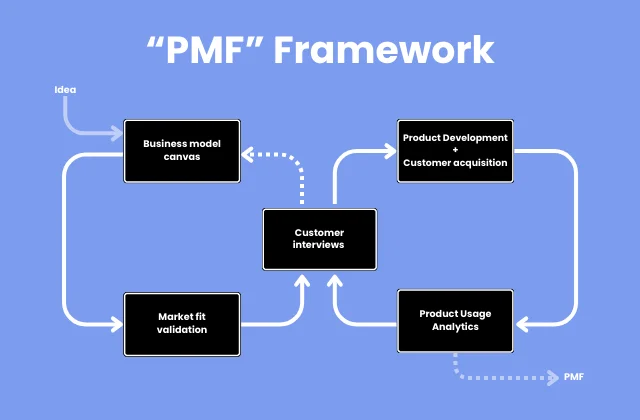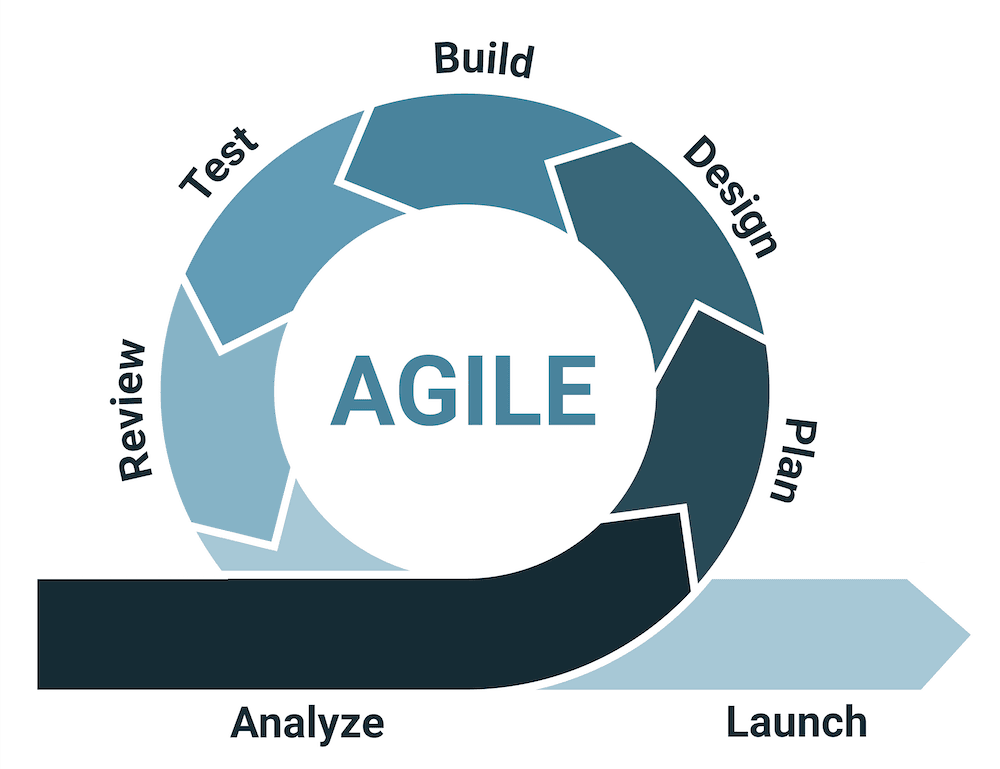Product-Market Fit: What Is It? A Guide for Product Managers

You have to deal with a lot of information when you first start out as a product manager. The significance of product-market fit must be understood, despite the fact that it might be overwhelming. Finding a product-market fit takes time, though. A lot of market research, planning, adjustments, and testing are needed for this procedure.
Everything you need to know about product-market fit, its significance in product development, and how to make a product that satisfies today’s picky consumers will be covered in this article.
Product-Market Fit: What Is It?
It describes a situation in which a company’s target customers purchase, use, and promote the product in enough quantity to support the product’s expansion and profitability. In a nutshell, it’s a way to assess whether a market exists for your goods. Because there are so many competing items on the market, having a USP is essential for differentiating oneself.
It follows that you are operating in a market where your offering meets customer demand. Let’s use a pyramid model to better grasp it.
Achieving Product-Market Fit
Product market fit is crucial for the expansion of any company, but especially for start-ups. It is essentially a make-or-break circumstance for them. Even with the best product, a startup will fail if there is no demand for it in the market. Lack of direction causes you to keep investing money in unsuccessful endeavours. By hiring too fast or making poor sales and marketing investments, you can go over budget.
The product market benefits you in the following ways:
- Find the qualities or elements your product has to have to live up to customer demands or expectations.
- who is most likely to be interested in your products and why.
- How to catch the interest of potential clients and persuade them to buy a product.
- the things you need to do to encourage growth and win your satisfied consumers’ loyalty.
- If your company hasn’t been able to identify its product-market fit, having a solid understanding of each of these components will provide you a substantial competitive advantage.
Who is in charge of ensuring product-market fit?
Contrary to popular opinion, the product market fit is not only the responsibility of the marketing and product management teams. However, this is not the case; achieving product-market fit is the responsibility of every person involved with the product.
How is Product-Market Fit Attained?
You must verify the following to discover if you have achieved product-market fit:
- if the intended market is willing to pay for it
- Since your items address their problems, they will recommend you.
- You will notice that your target market will use your products anytime they are in need once you have identified them.
Errors in Product-Market Fit
One of the widespread myths about product-market fit is that the product team alone is in charge of figuring it out. Finding a product-market fit is a shared objective for all teams interacting with customers.
Examples of Product-Market Fit
Dropbox
Dropbox was established in 2008. Drew Houston, a co-founder of Dropbox, created two extremely effective methods to assess their applicability. He created a four-minute explanation video first, which he released online. Overnight, their beta line increased from 5k to 75k people. Second, Dropbox unveiled a well-liked referral programme. In exchange for advertising the service on social media, via email, or by persuading friends to sign up, the current users receive extra storage space under the plan.
Airbnb
To capitalise on the popularity, Airbnb advertised its services as a networking alternative for individuals when hotels were totally occupied. Introducing a special Craigslist link was Airbnb. Customers could concurrently list their houses on Airbnb and Craigslist.





